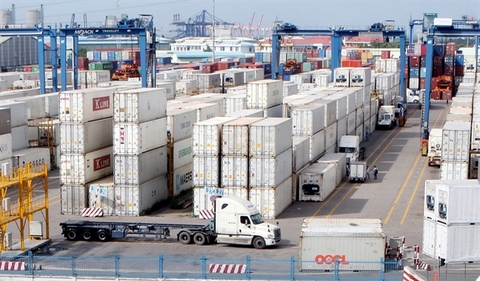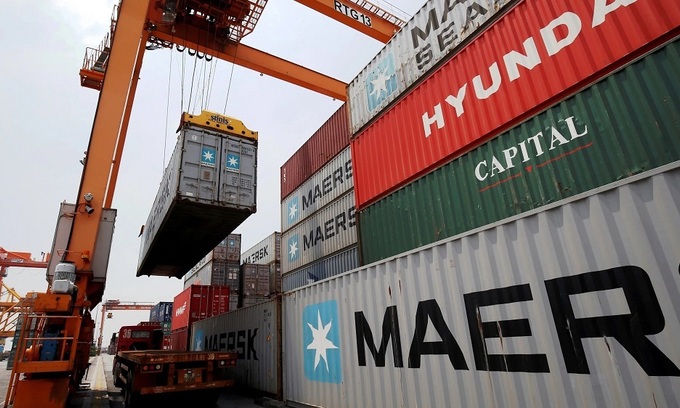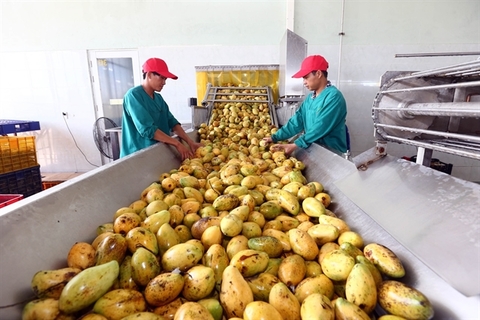Raising labor productivity is priority: officials
Raising labor productivity is priority: officials
The improvement of labor productivity should be prioritized to boost the country’s economic growth, raise average income levels and avoid lagging behind other countries in the global market, Minister of Planning and Investment Nguyen Chi Dung told a conference today, August 7.
It is necessary to adopt more effective and comprehensive measures to quickly raise labor productivity in the context Vietnam is targeting higher growth in the next 10 years, the minister noted at the conference titled “Improving the nation’s labor productivity,” VietnamPlus news site reported.
The conference, organized by the Ministry of Planning and Investment, was aimed at assessing the current labor productivity in Vietnam, determining factors affecting the country’s labor productivity and presenting solutions for improving labor productivity.
Between 2011 and 2015, Vietnam’s gross domestic product (GDP) growth reached 5.91% per year, with labor productivity rising by 4.35% per year. As for the 2016-2018 period, the increase in labor productivity was reported at 5.77% per year, pushing GDP growth to 6.7% per year. As such, labor productivity plays a crucial role in the country’s economic growth.
With the economic growth rate at 7.08% last year, Vietnam’s overall labor productivity was estimated at VND102.2 million per laborer in 2018, much higher than the 2011 level at VND55.2 million per laborer.
The 2011-2018 period saw the country’s increase in labor productivity average 4.88% per year.
Nguyen Bich Lam, head of the General Statistics Office, noted that Vietnam’s labor productivity has improved significantly over the past few years, but it remained much lower than that of other regional countries.
The 2011 purchasing power parity calculations show that in 2018, the country’s labor productivity was only higher than that of Cambodia, amounting to US$11,142 compared with US$152,418 in Singapore, some US$58,680 in Malaysia, roughly US$30,100 in Thailand and US$24,840 in Indonesia.
Lam also attributed the low labor productivity to small scale business operations, the slow restructuring of economic systems, outdated equipment and technologies for production, limited manpower quality and slow urbanization.
Minister Dung remarked that these factors would be considered to find efficient solutions for boosting labor productivity in the coming years.
Higher labor productivity is expected to bring multiple benefits, Minister Dung said, adding that the labor productivity improvement should be associated with the restructuring of the economy. Reforming the growth model and raising competitiveness will also contribute greatly to the labor productivity increase.





















